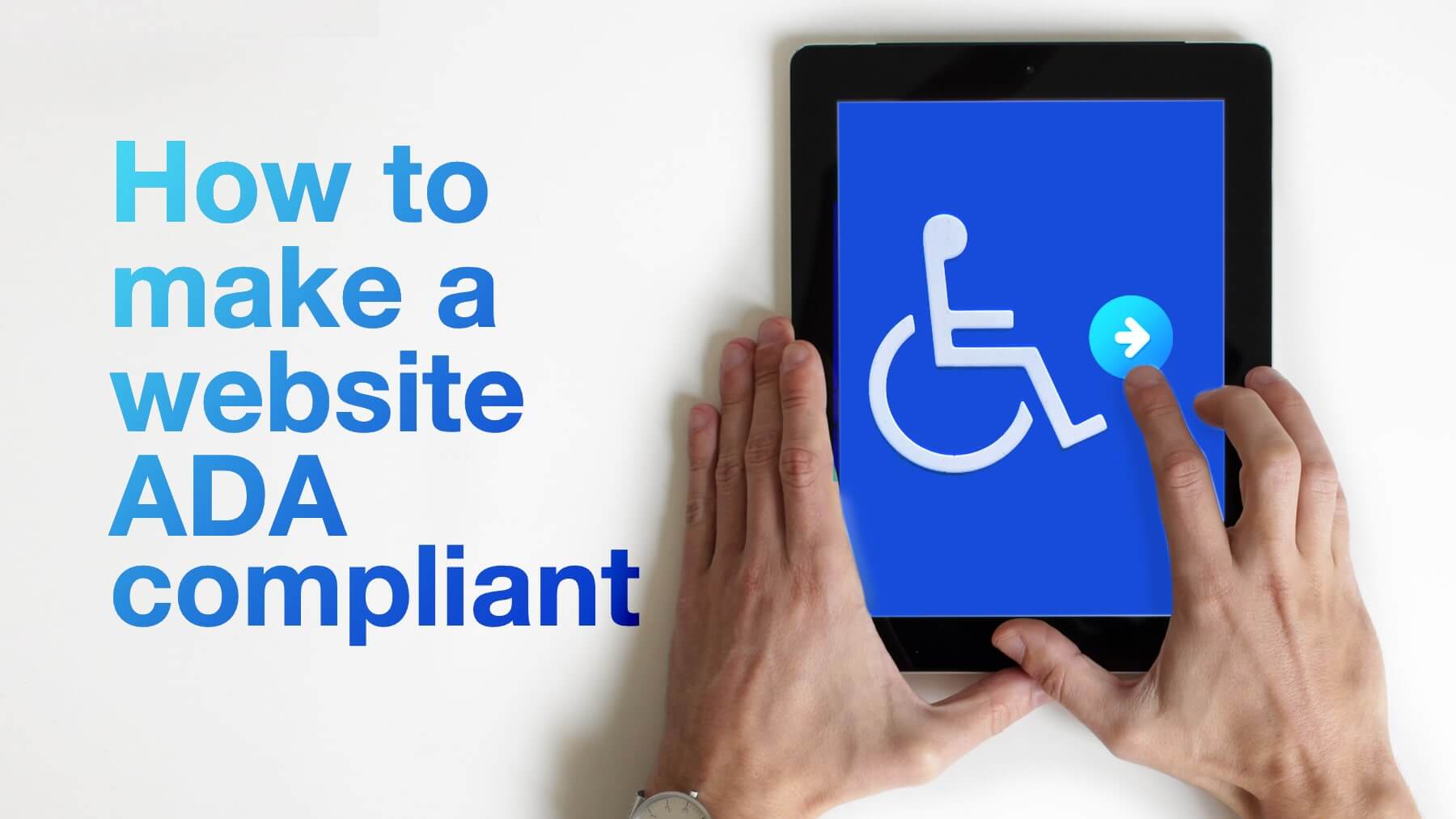The digital age has changed how companies connect with customers. Websites serve as storefronts, marketing platforms, and service portals, but not every user can access them equally. Millions of people with disabilities face daily challenges navigating online platforms. This is why becoming ADA Website compliant is more important than ever. Accessibility in design ensures inclusivity for people with visual, auditory, cognitive, or physical impairments, offering them the same opportunities as everyone else to engage with content, purchase products, or book services. Businesses that embrace accessibility are not only fulfilling legal obligations but also building trust and loyalty within their customer base.
Legal Framework and Compliance Risks
The Americans with Disabilities Act was established to provide equal rights and opportunities for people with disabilities, initially focusing on physical spaces like buildings, transportation, and public services. Over time, its reach extended to digital spaces. Courts have consistently ruled that websites must also be ADA Website compliant. Businesses that fail to ensure their websites are accessible may face lawsuits, financial settlements, and damage to their reputations. Thousands of companies have already been targeted for inaccessible websites, highlighting the risks of ignoring compliance. A proactive approach is always less costly and less damaging than waiting until a lawsuit arises.
The Business Case for Accessibility
While legal protection is a strong motivator, accessibility also offers tangible benefits for business growth. A site that is ADA Website compliant can attract a wider audience, including millions of people with disabilities. This inclusivity expands market reach and opens doors to new customer relationships. Accessible features such as clear navigation, image descriptions, video captions, and proper color contrast make websites easier for everyone to use, not just those with impairments. By enhancing usability, businesses can boost conversion rates, reduce bounce rates, and improve overall customer satisfaction. Inclusivity also reflects positively on brand identity, sending the message that a company values all customers equally.
Core Elements of an Accessible Website
To achieve true accessibility, websites must meet established standards such as the Web Content Accessibility Guidelines. These cover multiple aspects of digital design, ensuring users with different needs can engage effectively. A compliant site includes alt text for all images, providing screen readers with descriptions for visually impaired users. It offers captions or transcripts for video and audio files to support people with hearing impairments. Keyboard navigation is essential for users who cannot operate a mouse. Adequate color contrast between text and background enhances readability for those with vision impairments. Finally, logical page structures with headings and labels create clarity and ease of use. These features together support a seamless user experience and are central to ADA Website compliant design.
Accessibility and User Engagement
Accessible websites drive higher levels of engagement. When a site is easier to use, visitors are more likely to stay longer, explore content, and return in the future. Accessibility is not limited to legal compliance; it is also about creating a welcoming environment for all users. A business that prioritizes inclusivity demonstrates that it values customer needs and respects diverse communities. This commitment strengthens brand loyalty, encourages positive word-of-mouth, and can even attract media coverage for socially responsible practices. In a crowded online marketplace, accessibility can become a distinguishing factor that helps businesses stand out from competitors.
Common Barriers to Accessibility
Despite the growing awareness, many websites still fail to meet basic accessibility standards. Some common mistakes include missing alt text for images, low color contrast, uncaptioned video content, and poorly structured navigation. These oversights create significant barriers for people with disabilities. For example, someone relying on a screen reader cannot interpret images without descriptions. Users with hearing impairments cannot engage with video content that lacks captions. Others may struggle if a site is impossible to navigate without a mouse. These barriers not only alienate potential customers but also increase the risk of non-compliance. Identifying and addressing these issues is essential for businesses seeking long-term success.
Testing and Maintaining Compliance
Ensuring a site remains accessible requires regular testing and updates. Automated tools can scan websites for technical errors such as broken links, missing alt text, or improper heading structures. However, manual testing is equally important, as it can identify barriers that software may overlook. For example, real users with disabilities can provide valuable feedback about navigation and usability. Compliance should not be treated as a one-time project. As new content and features are added, ongoing testing ensures the site continues to meet accessibility standards. Businesses that integrate accessibility into their long-term strategies avoid lapses that could otherwise lead to legal or reputational problems.
Accessibility as a Long-Term Investment
Becoming ADA Website compliant is not merely a matter of avoiding penalties. It is a long-term investment that contributes to growth, loyalty, and resilience. An accessible website enhances search engine optimization, since features like clear structures, alt text, and organized layouts help search engines interpret content more effectively. A stronger search presence drives more traffic and increases visibility. By committing to inclusivity, businesses future-proof their digital presence, adapting to both evolving regulations and changing customer expectations. Accessibility becomes part of a brand’s identity, representing integrity, social responsibility, and innovation.
FAQs
What does ADA Website compliant mean?
It means that a website follows established accessibility standards, ensuring that people with disabilities can navigate and use the site without barriers.
Who is responsible for making a website accessible?
Business owners and website operators share responsibility. Partnering with accessibility professionals ensures proper compliance and ongoing support.
What are the risks of ignoring accessibility?
Ignoring accessibility exposes businesses to lawsuits, financial penalties, and reputational harm. It also excludes millions of potential customers.
How can accessibility benefit my business?
Accessibility expands your customer base, improves user experience, strengthens SEO, and demonstrates your company’s commitment to inclusivity.
How do I test my website for compliance?
Testing involves automated scans, manual evaluations, and user feedback. Combining these methods ensures a complete picture of accessibility performance.
Is compliance a one-time project?
No, it is an ongoing process. Websites evolve, and regular updates are necessary to remain accessible as content, features, and standards change.
Conclusion
Accessibility is no longer a secondary consideration; it is a core component of modern business. By making your site ADA Website compliant, you protect your company from legal risks, expand your audience, and demonstrate respect for diversity. Accessibility improves user experience, enhances search performance, and strengthens brand reputation. Businesses that fail to act risk losing customers and facing costly lawsuits, while those that prioritize inclusivity position themselves as leaders. If your organization is ready to embrace digital accessibility, the best step forward is to CONTACT US today. A trusted partner like EcomBack can provide the expertise and support needed to create an inclusive and future-proof online presence.




